This summer, archeologists resumed an excavation interrupted 70 years ago by the flooding of one of B.C.’s largest hydroelectric reservoirs in what is believed to be among the richest archeological areas of the province.
The excavation is taking place in an area known to the Cheslatta Carrier Nation as Tatichek, 100 kilometres south of Burns Lake on the shores of a chain of lakes that form the Nechako Reservoir. The 900-square-kilometre reservoir, B.C.’s second-largest waterbody after Williston Lake, was flooded in 1952 to power Rio Tinto Alcan’s aluminum smelter in Kitimat.
At an event held Aug. 27, Rio Tinto, a multinational mining company that merged with Alcan in 2007, announced it would contribute $2.8 million to the project, which is being led by the Cheslatta Carrier Nation.
More than 100 new archeological sites and thousands of artifacts have been identified so far, some of them believed to date back more than 10,000 years. Archeological evidence from the project is expected to shed light not just on Cheslatta history, but the history of Indigenous settlement and migration throughout the continent.
“It’s really significant to the [Cheslatta] membership as well as the archeology field,” Chief Corrina Leween said. “How did people live? How did they survive, way out there in the middle of nowhere? It’s a proud thing to know that our people could survive back in the day, and just survive off the land.”
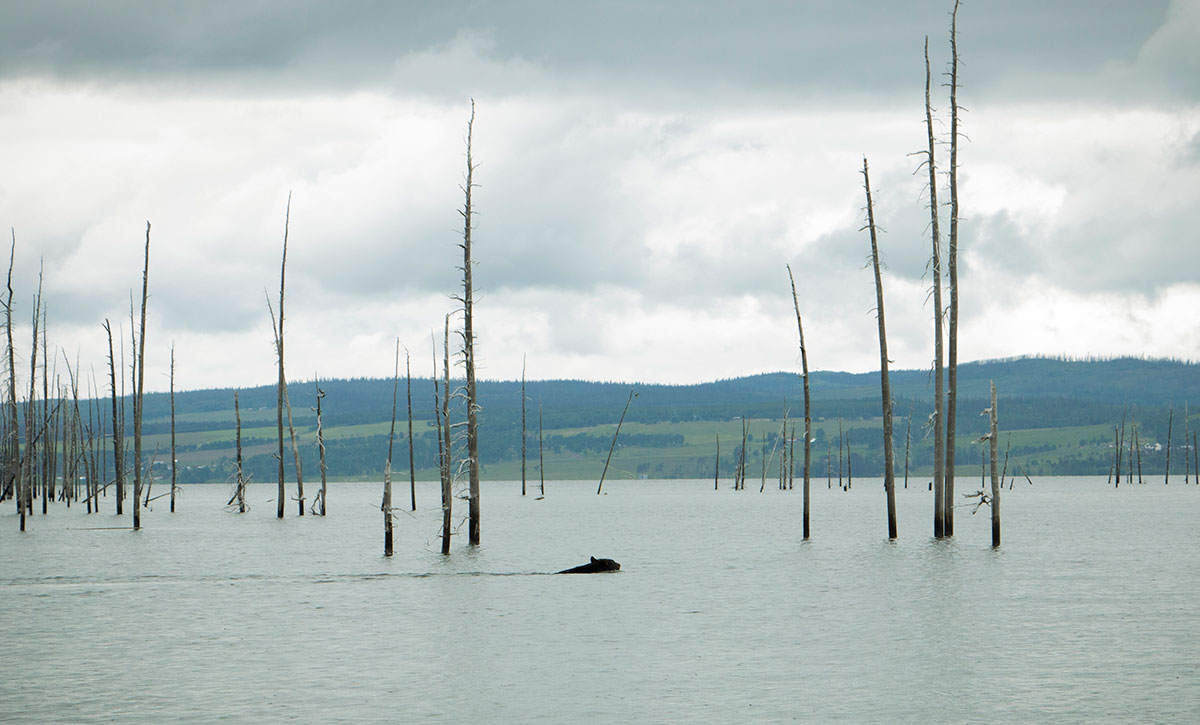
The site’s significance was known even before the area flooded 70 years ago, said Mike Robertson, Cheslatta’s senior policy advisor.
“When it became known that the area was going to be flooded, it really concerned the archeology community,” Robertson said. In response, the University of British Columbia commissioned an expedition in 1951 and 1952 led by Charles Borden, considered the grandfather of archeology in B.C. and founder of the Borden System, which is used to map archeological sites in Canada.
“What he found astounded him,” Robertson said. “It was off the charts. He was overwhelmed at the scale of the human use and occupation of that area.”
One of the biggest archeological expeditions the province had ever seen, the UBC team worked dawn to dusk, seven days a week in the months leading up to the reservoir’s flooding. In letters home, Bordon wrote to his wife about the “unspeakable archeological richness” of the area.
Their work wrapped up at the end of September 1952. A little over a week later, on Oct. 8, the Kenney Dam shut off flows into the Nechako River and the reservoir began to fill. The vast majority of village sites at Tatichek would soon be submerged under several metres of water.
“Of all the known archeological sites mapped by Borden [at Tatichek], 95 per cent of those sites are gone forever, underwater,” Robertson said.
Flooding of the Nechako Reservoir had profound impacts on the Cheslatta. The nation currently has about 360 members, 140 of them living on the reserves that are now scattered throughout Southside, a region that lies between Francois and Ootsa lakes south of Burns Lake in northern B.C.
But the nation’s territory traditionally extended farther south, with village sites dotting the shorelines of lakes flooded by the reservoir. In the 1950s, the Cheslatta were forced to flee village sites at Ootsa and Cheslatta lakes due to rising water.
Cheslatta Lake, to the north, would become part of the reservoir’s spillway, which diverts water into the Nechako River below Kenney Dam. The Cheslatta were forced out of their village sites on Cheslatta Lake with two weeks’ notice in April 1952.
Seasonal water releases through the spillway have swelled the Cheslatta River to nearly 100 times its original volume, eroding its banks and washing away gravesites. The erosion has revealed ancient human burials, including six individuals dating back 4,600 years — one of the province’s most significant archeological discoveries to date.
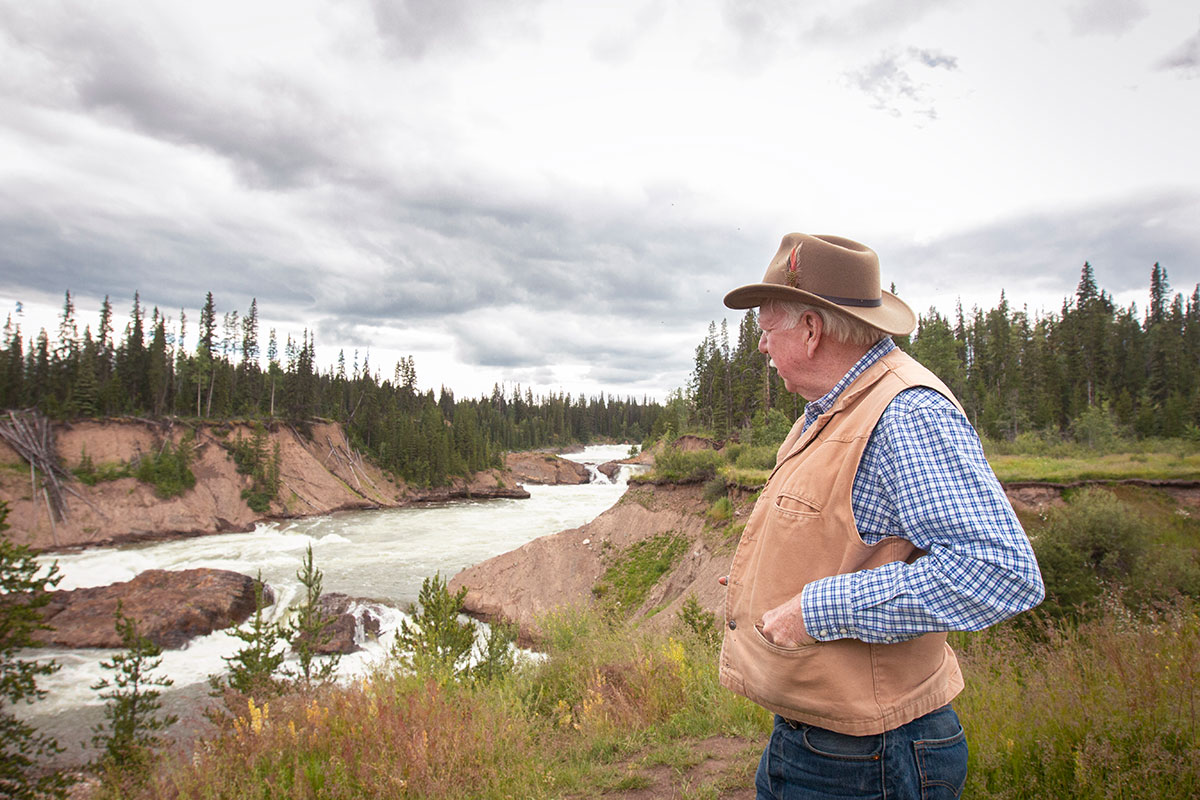
While archeologists are also recovering human remains found at Cheslatta Lake and adjacent Murray Lake as part of the current project, Tatichek — with its rich store of artifacts vulnerable to the reservoir’s water fluctuations — has been the focus of this summer’s excavation, Chief Leween said.
The village sites there, once home to hundreds of people, were abandoned prior to the flooding of Nechako Reservoir. When the first wave of smallpox swept through the B.C. Interior in 1838, the communities at Tatichek were all but extinguished.
“That was devastating,” Robertson said. “It decimated at least 95 per cent of the Cheslatta people.”
Also known as Tetachuck Lake, “Tatichek” is the Cheslatta spelling for “sick water,” a name derived from the enormous losses suffered by the smallpox epidemic. The Cheslatta who remained, estimated at about 50 people, moved north to their other villages at Ootsa and Cheslatta lakes, areas impacted by flooding of the reservoir more than a century later.
Cheslatta have been trying to relocate the lost village sites at Tatichek for decades, Robertson said.
In the early 1980s, a traditional land-use study worked with Elders to create maps of the territory and village sites. Then, in 1992, archeological field reconnaissance revealed “massive house pits” in the area near Tatichek Lake, Robertson said.
“But we never found a concentrated village,” he added.
In 2018, wildfires tore through the region, clearing out brush and exposing undulations in the earth. Combined with information gleaned from LiDAR imaging, which is used to detect impressions in the ground, Cheslatta sent crews — armed with the maps produced by Elders in the 1980s — to the area in 2019.
Archeologists followed in 2020 and 2021.
“That’s when we found and understood the massive area, the scope of these villages. It wasn’t just a little collection of house pits. These things were everywhere for miles,” Robertson said.
The nation began planning an excavation. The remote location and difficult access made it complicated. (Other than flying, an hours-long boat ride is the fastest way to the site.) They presented a budget to Rio Tinto Alcan in January, Robertson said, and the company agreed in May to contribute $2.8 million in funding.
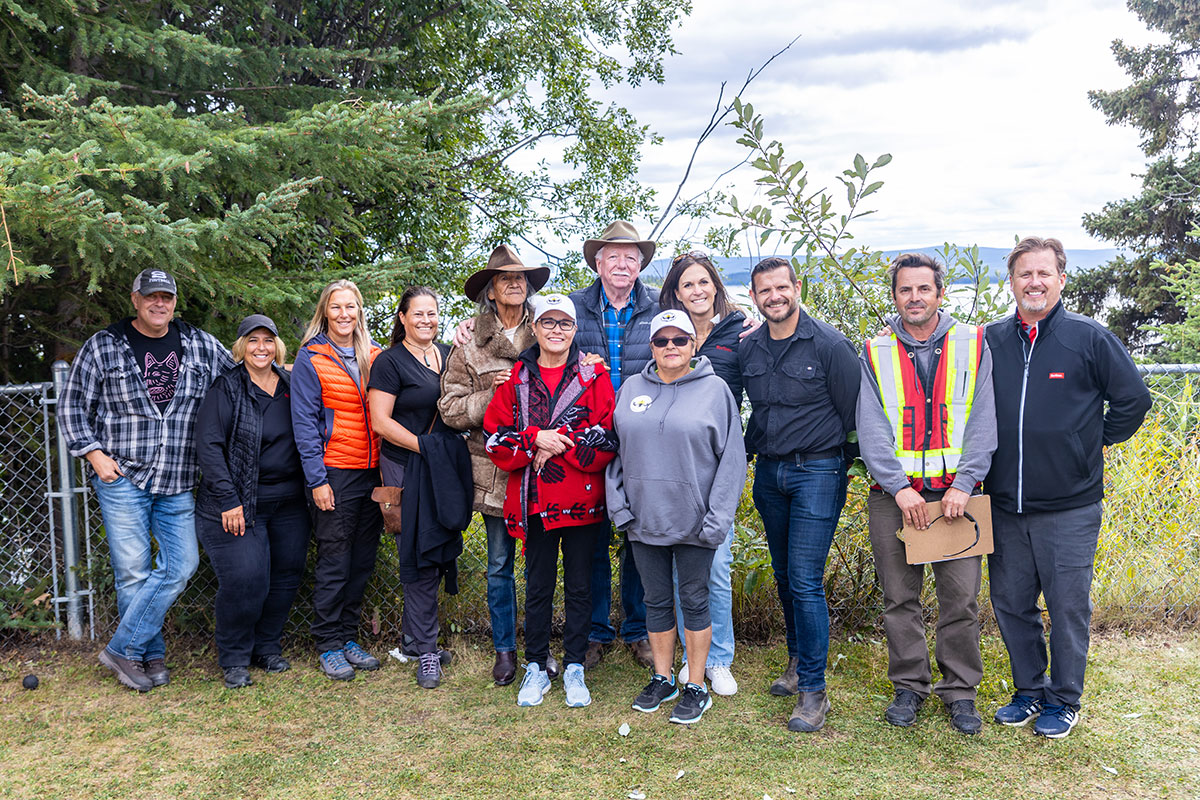
In an email, Rio Tinto said the funds are intended to “secure the site” for one to two years.
“Depending on what is found at the site, this could be a multi-year project,” media relations advisor Malika Cherry said, adding that preliminary findings indicate a “multi-year dig with great significance to the history timeline of the Carrier people and the occupation of B.C.”
Chief Leween said she believes the project will continue for several years and said the nation is prepared to request more funding, if needed.
Lead archeologist Dana Evaschuk, with Pathfinder Endeavours in Prince George, said the wealth of archeological knowledge buried at Tatichek “could take me to the end of my career and beyond.”
“There’s so much there that can be excavated and information gleaned from,” she said, adding that the project will look at incorporating university field schools, another potential source of funding.
She said the project’s archeology team, which includes two Cheslatta members, has discovered “well over 100 sites,” about a third of them depressions in the earth likely used as homes and gathering places by the region’s earliest inhabitants. Based on the style of artifacts found at the site, it’s believed that the area has seen continuous occupation for more than 10,000 years.
“It just shows that people have utilized that area for a very long time, up until the smallpox epidemic in the 1800s,” Evaschuk said. “It’s interesting to note that the area was able to sustain people for that amount of time.”
One of the most interesting things about the site, she said, is the “great diversity in material type,” indicating the villages sat in the midst of a complex trade network. Evaschuk points to the high number of major trails that pass through the area, including the Bella Coola Trail, that indicate the area acted as a hub.
It’s too soon to say how far afield the artifacts and materials came from, she said. Analysis of everything from what former inhabitants ate to who they traded with will take place this winter, she added.
The use of new technology — such as protein analysis, which can provide information about what creatures were slayed by a projectile point, even thousands of years later — is expected to provide more specific dating, as well as detail about diets.
It’s also hoped underwater drones could provide the opportunity to map and photograph sites that remain submerged under the reservoir, Robertson said.
With much of B.C.’s archeological funding coming from industries conducting salvage archeology, defined as archeological evidence “in danger of imminent destruction, as from new construction or flooding,” Evaschuk credits Rio Tinto with supporting the project.
“So much of archeology is development driven,” Evaschuk said. “So it’s great that Rio Tinto is being very socially responsible in allowing us to do as much research, basically, as we would we want from these sites to get the information.”
Ironically, Borden’s dig at the same site 70 years ago has been cited as B.C.’s first industry-funded salvage archeology project.
In a joint news release issued Monday, Rio Tinto’s chief executive of aluminum, Ivan Vella, said he believes the project will support all First Nations in the area and the company’s reconciliation efforts.
“We are proud to work alongside the Cheslatta Carrier Nation to support this valuable Indigenous-led cultural research project,” Vella said. “This archeological endeavour has the potential to enhance our understanding of the history of human occupation in the Nechako watershed and beyond.”
The funding builds on the New Day Agreement signed by the Cheslatta and Rio Tinto in February 2020, the news release said.
The agreement was meant to begin repairing the “many dark days” that followed the flooding of the Nechako Reservoir, Chief Leween said in a 2020 news release announcing the agreement, by returning Cheslatta-led stewardship to the territory and promoting social and economic well-being. It also established a scholarship fund for the nation.
The current project is another step in a relationship between the Cheslatta and Rio Tinto Alcan that has gradually improved over the years, Leween said.
“We’ve been very respectful, but we’ve also been very assertive about what we want the company to fix. We can’t change what’s happened,” she said, “but we can move forward in a positive manner.”
“We’ve come a long way. I think we have a long way to go, but we’re on a good path.” ![]()
Read more: Indigenous, Science + Tech


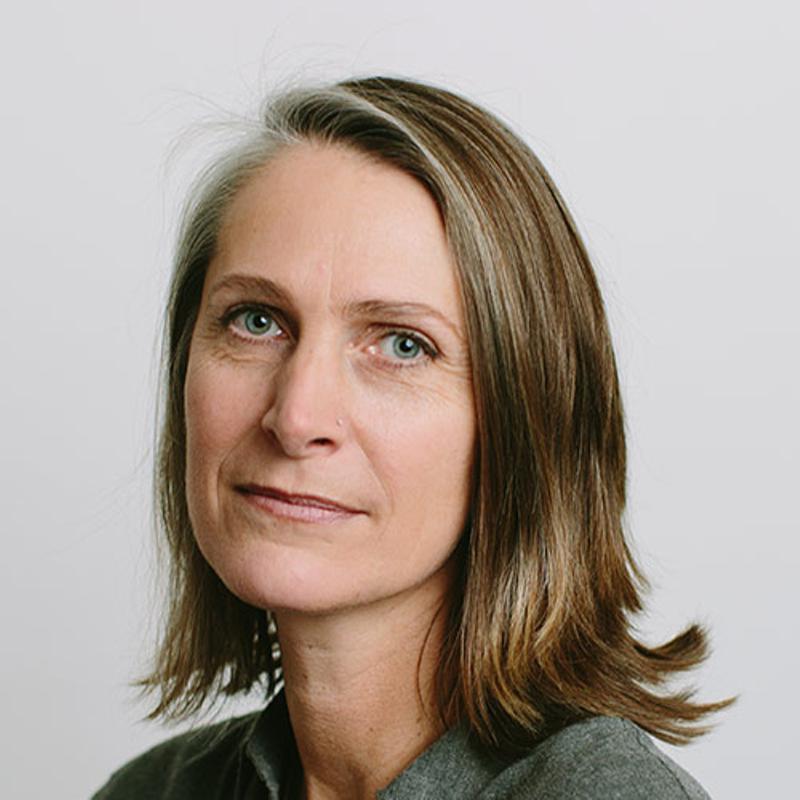

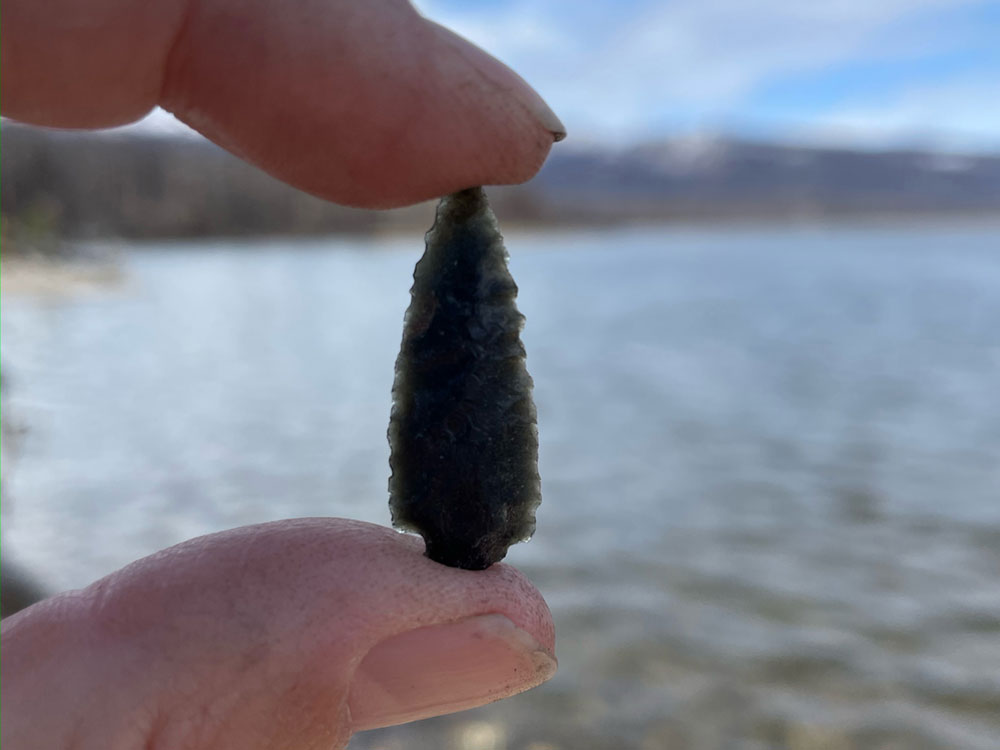












Tyee Commenting Guidelines
Comments that violate guidelines risk being deleted, and violations may result in a temporary or permanent user ban. Maintain the spirit of good conversation to stay in the discussion.
*Please note The Tyee is not a forum for spreading misinformation about COVID-19, denying its existence or minimizing its risk to public health.
Do:
Do not: